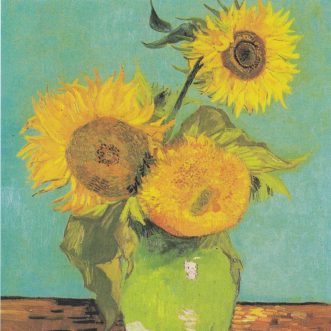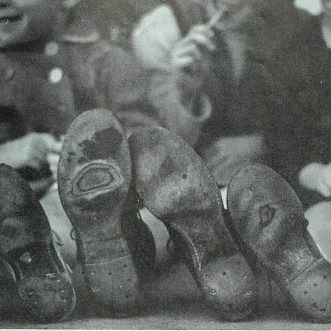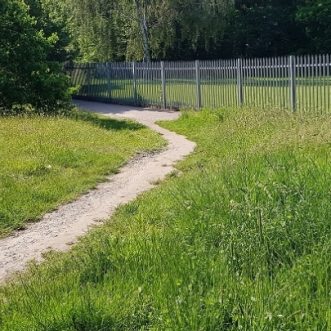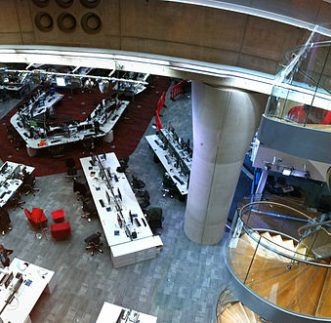
Greeding
When, as kids, we had scoffed our own sweetie allowance, and wanted more, we’d have a go at appropriating the shares of our younger siblings. This rarely took the form of outright theft. We knew that was wrong. So we’d find other less obvious ways to achieve the same result.
We cajoled, we pleaded, we promised swaps. When that failed we bullied.
My parents called this behaviour ‘greeding’ – manipulating others into giving up their share, so you can have more.
We grew out of it, but it feels like an awful lot of greeding goes on in the grown-up world – beyond the obvious thefts, ponzi schemes and cons.
Banks put small businesses into debt with ‘recovery programmes’, taking over their assets once they’ve gone bankrupt. Firms force individuals to sell their homes for needed healthcare, raid pension funds to pay private equity loans.
Seed companies patent f1 hybrid seeds, forcing small farmers around the world into destitution. Soft drinks manufacturers negotiate first call on local water supplies, leaving ordinary people to pay more for less.
Manufacturers shut their eyes to child labour, slavery, invasion and habitat destruction in their supply-chains.
All so they can build up the means to do more of the same.
It’s called accumulation by dispossession. It’s happened throughout human history, of course. But not everywhere, not all the time. For the last 500 years we’ve relied on a system that can’t work without it.
And that can only end in tears.








